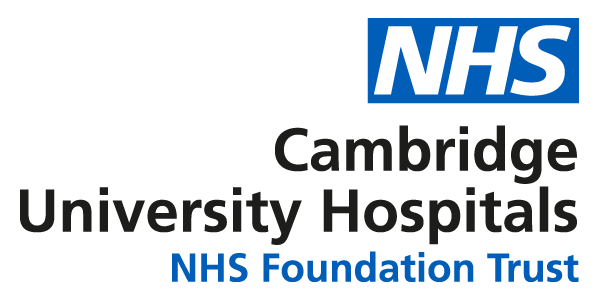The brain and the spinal cord make up the central nervous system (CNS). The CNS is made up of different types of cells and tissues.
Brain tumours are usually named after the cell or tissue they started in. Brain tumours can start anywhere in the brain. They cause different symptoms depending on their position in the brain. Tumours can also start in the spinal cord.
Our body is made up of billions of cells that can only be seen under a microscope. Normally, cells only divide to replace old and worn-out cells. A brain tumour develops when something inside a cell goes wrong, making the cell carry on dividing until it forms a lump or a tumour.
Generally, brain tumours can be benign (non-cancerous) or malignant (cancerous).
Benign brain tumours
Benign tumours usually grow slowly. They are less likely to come back after treatment or to spread to other parts of the brain. Your doctor might refer to some benign brain tumours as low-grade.
Malignant brain tumours
Malignant brain tumours grow faster than benign tumours. They are more likely to come back after treatment and to spread to other parts of the brain. Your doctor might refer to malignant brain tumours as high-grade.
Treatments for brain and spinal cord cancer at CUH
The main treatments for brain tumours are surgery and radiotherapy. Some people might have chemotherapy as well. Your treatment depends on the type of tumour you have, where it is and your general health.

